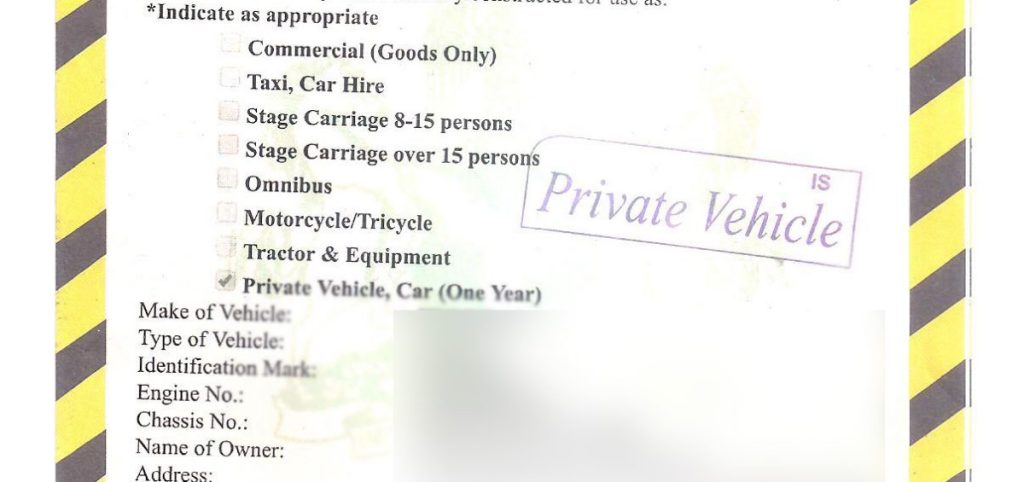Managing a fleet of vehicles can seem overwhelming when you’re just starting out. Whether you’re running a small delivery business with three vans or scaling up a logistics operation, effective fleet management is crucial for controlling costs, ensuring safety, and maximizing productivity. This comprehensive guide will walk you through the fundamentals of fleet management and help you build a solid foundation for success.
What Is Fleet Management?
Fleet management encompasses all the activities and processes involved in overseeing a company’s vehicle fleet throughout its entire lifecycle. This includes everything from vehicle acquisition and maintenance to driver management, fuel optimization, and compliance with regulations. At its core, fleet management aims to improve efficiency, reduce costs, enhance safety, and ensure regulatory compliance.
Why Fleet Management Matters
Poor fleet management can drain your budget through excessive fuel costs, unexpected breakdowns, regulatory fines, and insurance claims. On the flip side, effective fleet management can significantly impact your bottom line by reducing operational costs by 10-20%, improving vehicle lifespan, enhancing customer satisfaction through reliable service, and ensuring your business stays compliant with local and federal regulations. The complexity increases exponentially as your fleet grows. What works for managing five vehicles manually becomes impossible with fifty vehicles without proper systems and processes in place.
Core Components of Fleet Management
1. Vehicle Acquisition and Disposal
Your fleet management journey begins with making smart vehicle acquisition decisions. This involves determining whether to buy, lease, or rent vehicles based on your specific needs, usage patterns, and financial situation. Consider factors like vehicle type, fuel efficiency, maintenance costs, and resale value. Equally important is having a clear disposal strategy for aging vehicles to maximize recovery value and minimize depreciation losses.
2. Maintenance Management
Preventive maintenance is the backbone of successful fleet management. Establish regular maintenance schedules based on manufacturer recommendations, mileage, and operating conditions. Keep detailed maintenance records for each vehicle, including service history, parts replaced, and costs incurred. This data helps predict future maintenance needs and identify vehicles that may be becoming cost-prohibitive to maintain.
3. Driver Management
Your drivers are your most valuable fleet assets. Implement comprehensive driver screening processes, provide ongoing training on safe driving practices and vehicle operation, establish clear policies for vehicle use, and regularly monitor driver performance. Consider implementing driver scorecards that track metrics like fuel efficiency, safety incidents, and vehicle wear and tear.
4. Fuel Management
Fuel typically represents 20-30% of total fleet operating costs, making fuel management critical for profitability. Monitor fuel consumption patterns, implement fuel cards for better tracking and control, establish fuel-efficient driving policies, and consider route optimization to reduce unnecessary mileage. Regular analysis of fuel data can reveal inefficiencies and opportunities for cost savings.
5. Safety and Compliance
Fleet safety isn’t just about protecting your drivers and the public – it’s also about protecting your business from liability and regulatory penalties. Stay current with Department of Transportation regulations, maintain proper insurance coverage, implement safety training programs, and conduct regular vehicle inspections. Document everything to demonstrate compliance during audits or investigations.
Essential Fleet Management Technologies
Fleet Management Software Modern fleet management relies heavily on technology. Fleet management software platforms provide centralized control over all aspects of your fleet operations. These systems typically include modules for vehicle tracking, maintenance scheduling, fuel monitoring, driver management, and reporting.
When evaluating software options, consider your current needs, scalability, integration capabilities, and budget. GPS Tracking and Telematics GPS tracking systems provide real-time visibility into vehicle locations, routes, and driver behavior. Advanced telematics systems go further by monitoring engine diagnostics, fuel consumption, harsh driving events, and vehicle utilization.
This data enables you to optimize routes, improve driver behavior, reduce fuel consumption, and predict maintenance needs. Mobile Applications Mobile apps allow drivers and fleet managers to access important information on the go. Features might include digital vehicle inspections, maintenance requests, route optimization, communication tools, and real-time updates on vehicle status.
Key Performance Indicators (KPIs) to Track Success in fleet management requires measuring the right metrics. Important KPIs include cost per mile or kilometer, fuel efficiency rates, vehicle utilization percentages, maintenance costs per vehicle, safety incident rates, and on-time delivery performance. Establish baseline measurements and set realistic improvement targets. Regular review of these metrics helps identify trends and areas needing attention.
Getting Started: A Step-by-Step Approach
Phase 1: Assessment and Planning Begin by conducting a thorough assessment of your current fleet situation. Document all vehicles, their condition, utilization rates, and operating costs. Identify pain points and inefficiencies in your current operations. Based on this assessment, develop a fleet management plan that outlines your objectives, budget, and timeline for implementation.
Phase 2: Technology Implementation Start with basic tracking and management tools. You don’t need to implement every technology at once. Begin with essential systems like GPS tracking and basic fleet management software, then gradually add more advanced features as your team becomes comfortable with the technology and you better understand your needs.
Phase 3: Process Development Establish standard operating procedures for all fleet activities. Create checklists for vehicle inspections, maintenance protocols, driver onboarding processes, and incident reporting procedures. Document everything and ensure all team members are trained on these processes.
Phase 4: Monitoring and Optimization Continuously monitor your KPIs and look for improvement opportunities. Fleet management is an ongoing process that requires regular attention and adjustment. Schedule monthly or quarterly reviews to assess performance and make necessary changes to your strategies and processes.
Common Challenges and Solutions
New fleet managers often face several common challenges. Managing costs effectively requires implementing proper tracking systems and regularly analyzing spending patterns. Ensuring compliance means staying informed about regulatory changes and maintaining detailed documentation. Dealing with unexpected breakdowns can be minimized through preventive maintenance programs. Managing driver behavior improves with clear policies, regular training, and performance monitoring systems.
Building Your Fleet Management Team As your fleet grows, you’ll need to build a capable team. Key roles might include a fleet manager to oversee daily operations, maintenance coordinators to manage service schedules, safety managers to ensure compliance, and data analysts to interpret performance metrics. Invest in training and development for your team members, as knowledgeable staff are essential for successful fleet management.
Looking Ahead: Future Trends
The fleet management industry continues to evolve rapidly. Electric vehicles are becoming more viable for many applications, autonomous vehicle technology is advancing, artificial intelligence is improving predictive maintenance capabilities, and environmental sustainability is becoming increasingly important. Stay informed about these trends and consider how they might impact your fleet strategy.
Effective fleet management doesn’t happen overnight, but with the right foundation, processes, and tools, you can build a system that significantly improves your operations and bottom line. Start with the basics, focus on getting accurate data, and continuously refine your approach based on what the numbers tell you.
Remember that fleet management is ultimately about people, processes, and technology working together effectively. Invest in all three areas, and you’ll be well on your way to fleet management success. The key is to start with solid fundamentals and gradually build sophistication as your experience and needs grow. Whether you’re managing your first fleet vehicle or your hundredth, the principles remain the same: plan carefully, measure consistently, and never stop looking for ways to improve. Your bottom line will thank you for the effort.
Ready to Get Started?
If you’re looking for a comprehensive fleet management solution that incorporates all the best practices outlined in this guide, consider Kitaniz – the ideal fleet management tool designed specifically for modern businesses.
Kitaniz combines advanced GPS tracking, intelligent maintenance scheduling, driver management, fuel optimization, and comprehensive reporting in one user-friendly platform. With Kitaniz, you get real-time visibility into your entire fleet, automated compliance management, and powerful analytics that turn data into actionable insights. Whether you’re managing 5 vehicles or 500, Kitaniz scales with your business and simplifies the complexities of fleet management, allowing you to focus on what you do best – growing your business.
Start your fleet management journey with confidence. Choose Kitaniz and experience the difference that the right technology partner can make.


